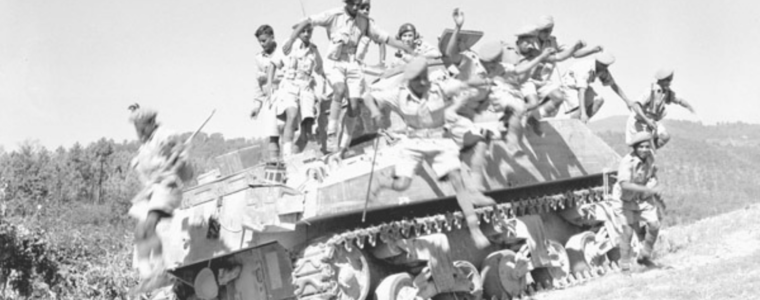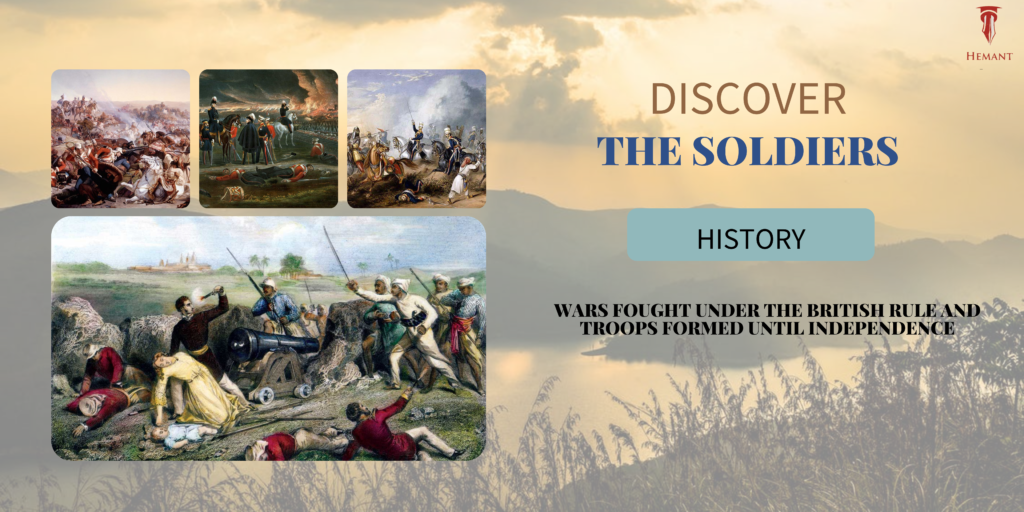The British Indian Army, officially called the Indian Army, was the principal army of the British Raj in India. It has its origins in the years following the Indian Rebellion of 1857 called the Indian Mutiny as per the British history. It was formed after the Crown assumed direct rule of British India from the East India Company that controlled the units and paid for by profits generated therein.
These units operated alongside the units of the British Army and were recruited from the Bengal Presidency that consisted of Bengal, Bihar, and Uttar Pradesh. The Indian Army was chiefly responsible for the defense of British India and the Princely states comprising of their own armies. The army formed a significant part of the British Empire and its forces in India and abroad.
These troops took active part in the Indian Mutiny that fought relentlessly to restore the Mughal Emperor Bahadur Shah II at Delhi.
The Changing Face of the Indian Army
The meaning of the Indian Army has changed significantly throughout the British rule. The changes include:
1858 – 1894
The Indian Army was an informal and collective term for troops from three presidencies, namely the Bengal Army, Madras Army, and Bombay Army.
1895 – 1902
The formal existence of the Indian Army formed the army of the government of India, including the British and Indian units.
1903 – 1947
Lord Kitchener served as the commander-in-chief from 1902 to 1909, and he established large-scale reforms with the merging of the three presidency armies into a unified force.
He was also instrumental in setting higher level formations, including eight army divisions, and brigaded Indian and British units. His reforms included:
- The Indian Army was recruited locally and was permanently based in India along with expatriate British officers
- The British Army in India included British Army units posted in the country for a tour of duty, followed by posting to other parts of the Empire or sent back to the UK
- The Indian Army also consisted of the British Army in India
Wars Fought under the British Rule
The army headquarters weighed down significantly in the absence of an intermediate chain of command, and the divisional commanders created active formations and provided internal securities, including volunteer troops. It led to a reorganization of the Indian Army just before the onset of the first world war.
First World War
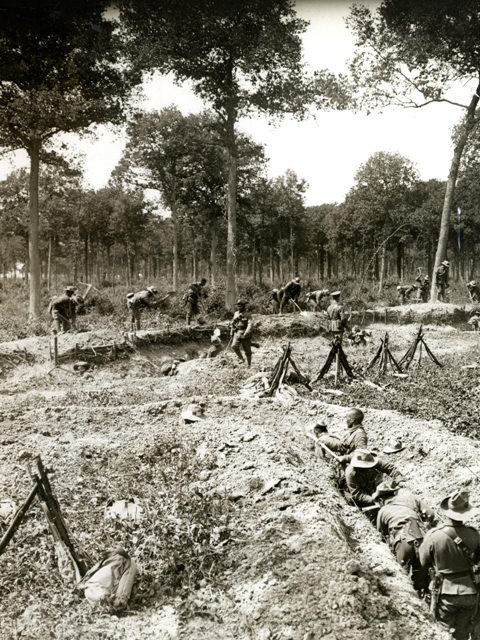 Photo by British Library on Unsplash
Photo by British Library on Unsplash
The strength of the British Indian Army was 1,55,000 prior to the first World War. A ninth division was formed in 1914 that increased the strength to 5,73,000.
The Indian government offered 1,40,000 soldiers to serve the Western Front in France and Belgium. It sent four divisions as Indian Expeditionary Force. The Indian corps were transferred to the Middle East in 1915, and the first encounter was on the Western Front just within a month of the start of the war at the First Battle of Ypres.
A year passed, and the sickness and casualties of the Indian corps forced the troops to be withdrawn. It was then followed by over 7,00,000 men serving the Middle East fighting against the Turks. Major General Sir Charles Townshend lead them to capture Baghdad, but were pushed back by Turkish Forces.
Second World War
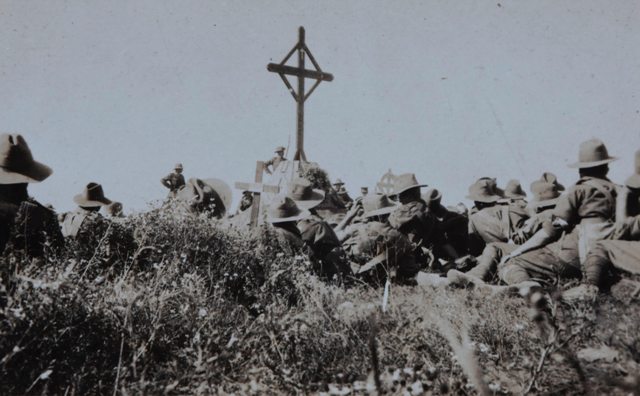
Photo by Museums Victoria on Unsplash
The outbreak of the second World War saw the Indian troops increase to 2,05,000, and during the war it became the largest all-volunteer force history has ever witnessed, rising to over 2.5 million. This laid the platform for the formation of Indian III Crops, IV, XV, XV, XXXIII, XXXIV, 4th, 5th, 6th, and up to 23rd divisions. Two armored divisions and an airborne division were also created.
The Indian Army had considerable independence in choosing their administration, weapons, equipment, and planning training schedules.
Nearly 87,000 Indian soldiers lost their lives during the second World War, and they won 30 Victoria Crosses during this phase. The Germans and Japanese created a force called Tiger Legion, recruited from the Indian prisoners of war.
Allied forces in the Burma Campaign
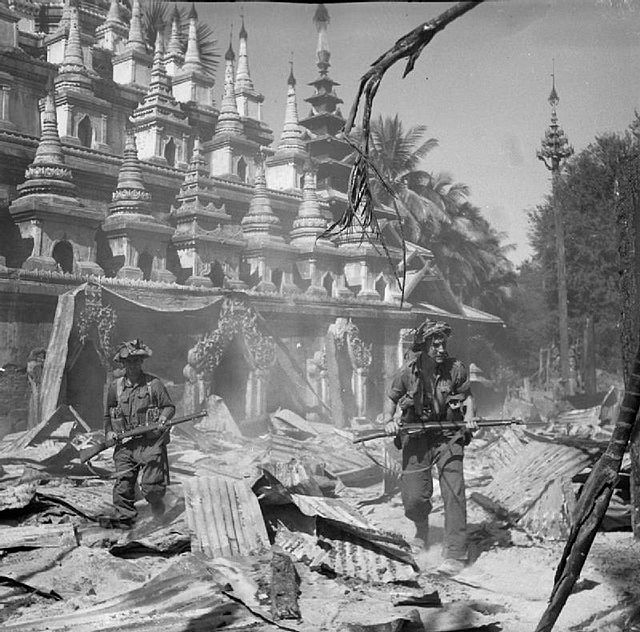 Pic Courtesy: https://en.wikipedia.org/wiki/Burma_campaign_(1944%E2%80%931945)
Pic Courtesy: https://en.wikipedia.org/wiki/Burma_campaign_(1944%E2%80%931945)
The Indian nationalist leader Subhas Chandra Bose led 40,000 men from the Indian National Army to fight allied forces in the Burma Campaign. Others were posted as guards at Japanese POW camps.
Let’s discuss the following in our next blog:
More wars fought and won order
Different troops formed until independence

